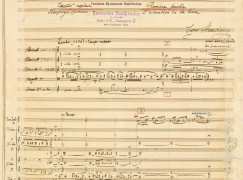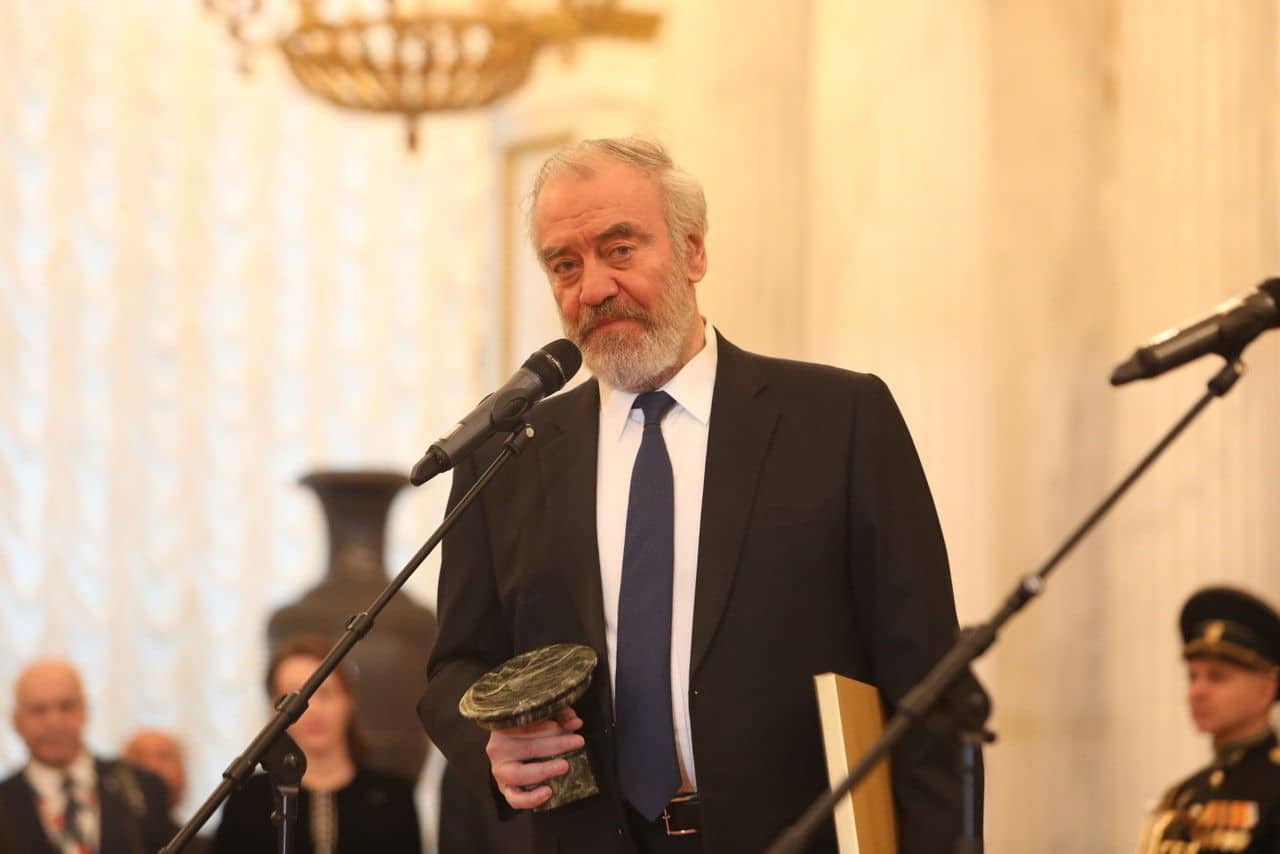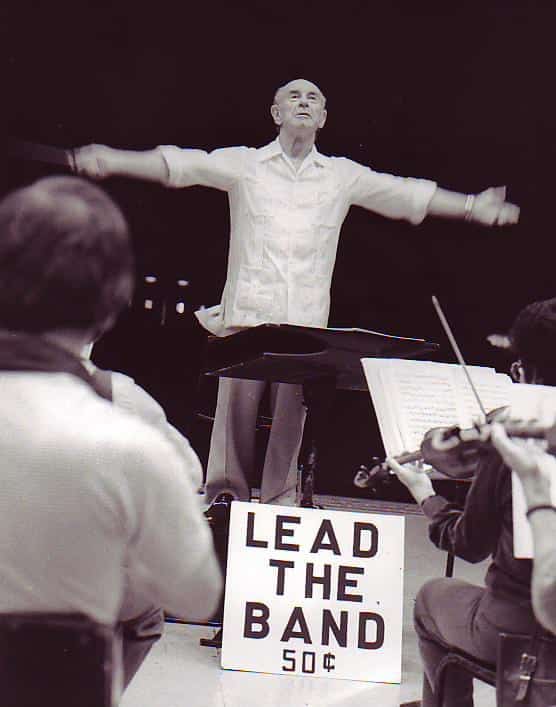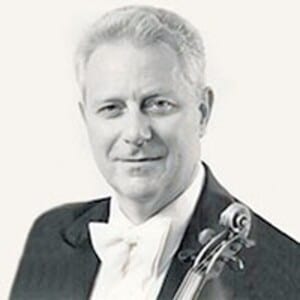Major upheaval: Sotheby’s loses music asset
mainStephen Roe, the scholar who set up regular music manuscript sales at the auction house 35 years ago, is leaving today to pursue other interests. He may be irreplaceable.
Stephen went to Sotheby’s straight from university (Worcester College, Oxford) and has been wondering for a while if there’s a world out there.
He used to work alone and produce all the sale catalogues himself. My earliest experience of him was the phenomenal sale of the original Le sacre du printemps score in 1982.

Since then he has uncovered and sold 6 Bach cantatas; Schumann’s Piano Concerto, Mahler’s 1 Symphony, Lieder eines fahrenden Gesellen, Totenfeier, fragments of the 10th symphony; 9 Mozart Symphonies, which still holds the world-record price at £2.6m for music ms and much, much more.
He has sold locks of hair of Mozart, Beethoven and Brahms, holds the world-record price for a piece of printed music (J.S.Bach’s Clavieruebung book 1) and discovered any number of missing works by great masters.
He is leaving to concentrate on writing, with a biography of J.C. Bach on top of his pile. He will also be dealing in Music, Manuscripts and Books through his company Stephen Roe Ltd, and will remain linked in some way to Sotheby’s, as International Senior Consultant.
They will seriously feel his loss.





If you mean by ‘original score’ Stravinsky’s own manuscript, then it was certainly never on sale at Sotheby’s. The score has been in the hands of Paul Sacher since 1974. According to Ulrich Mosch’s preface of the facsimile, Paul Sacher got the score from Vera Stravinsky herself in 1974. After his death, it went into the Paul Sacher Stiftung where it still is. It may be that Stravinsky himself thought about selling the score, at least after he got it ‘back’ from Boosey & Hawkes in 1962, but he actually never did.
So, whatever ‘phenomenal sale’ you refer to, it obviously cannot have been the Sacre score.
Maybe it was a piece of particel or sketch? They must exist, and are different from the final handwritten manuscript score
The particell (short score) and some sketches were also acquired by Paul Sacher in 1983 and are now in the Stravinsky collection in Basel. In addition to that, various sketches and fragments are collected in Paris (French National Library) and St. Petersburg. The versions for solo piano and piano for four hands are both in the collection of John Stravinsky and were never on sale. As far as I can see, the only thing that was offered for sale by Sotheby’s and which is in Stravinsky’s own handwriting is a single leaf with sketches, but that was in 1992, not in 1982. So, that may have been the ‘phenomenal sale’.
There is of course another important source: the richly annotated copyist’s manuscript that was used by Monteux for the first performances and served as basis for the printed score. But this thing has completely vanished since the early 90s.
Sotheby’s. Thursday, 11th November 1982 at 11.00 am precisely. Lot 55. Sold GBP 330,000.00
STRAVINSKY (IGOR) AUTOGRAPH MANUSCRIPT OF ‘LE SACRE DU PRINTEMPS’ (‘THE RITE OF SPRING’), the first full-scale working draft, with substantial indications of orchestral scoring (but not necessarily that of the final version) notated in condensed form in short score, only the final section, the “Danse sacrale” omitted, notated on up to seventeen staves per page, the staves in pencil, drawn by the machine invented by Stravinsky, in black and red inks with additions and some alterations in pencil, heavily corrected and annotated in places and with important divergences from the first printed version of the full score (Paris, 1921), (the autograph manuscript of the full score being unavailable for consultation), including changes to the thematic material, rhythms, barring, scoring, tempo markings and movement headings and notation, with lists of the orchestral instruments in the final version added in pencil in the margins, autograph title-page.
It is not possible here to supply a complete list of the divergences from the first published version of the full score. Robert Craft has, without going into further details about the manuscript, stated that, with reference to the first part at least, “the music differs substantially from the final version”. It does. The manuscript is of importance not only for what it contains, but also for what it omits. For example, in the Introduction to the first part there are no changes of tempo marking. Presumably the rubatos and subtle changes of speed were conceived at a later time. The opening of the work is different from all later versions, here it is in 2/4 rather than 4/4. The manuscript displays the original scoring for bars 32-38 of the Introduction which was originally consigned to flute and three clarinets. There are changes to the orchestration in the here untitled “Les augures printaniers”, as well as many additions, alterations and corrections in pencil. The opening of the “Jeu du rapt” contains a major change in that the opening idea is three-bars shorter than in all subsequent versions; in’ addition, there are a number of changes and alterations to the scoring and to the musical notation. There are metrical changes in “Jeux des cites rivales”, which is now divided into two sections, the second entitled: “Idut-Vedut”. There is a cancelled sketch in the second section and a number of alterations (some erased) to the notation and scoring; there are also alterations to the accompaniment of the main thematic material and to the rhythmic patterns. The title “Cortege du sage” is not present and there are alterations and additions to the notation and orchestration. The “Danse de la terre” is indicated at a slower tempo than in the 1921 version, marked “Vivace”, the metronome marking set at 138 instead of 168. The Introduction to Part 2 is revised and corrected and contains divergences in notation from all the printed versions. There are alterations in the scoring in the “Evocations des ancetres”, as well as to the barring and time signatures. There are many alterations in the “Action rituelle des ancetres”, several bars deleted, a large number of alterations and additions to the scoring and to the notation. There is an interesting addition to the timpani part which is marked here “Avec la baguette en bois. Touchez legerement au bord de facon a ce que ca donne environ un Si b”
Clearly, this score offers an opportunity to discover Stravinsky’s original intentions in Le sacre. The re-emergence of this manuscript provides the opportunity to produce a detailed scholarly analysis of the ballet.
The circumstances of the first performance of the work are too well-known to elaborate here. It was premiered by Diaghilev’s troupe at the Theatre des Champs Elysees on 29 May 1913. The riot it caused is now part of musical history. The composer left the auditorium after the whistling began shortly after the start of the performance and joined Nijinsky in the wings. Nijinsky was responsible for the choreography and the pointed reference to him in this manuscript is of great interest. Presumably Nijinsky was involved in the arrangements for the choreography at a comparatively early stage in the evolution of the work.
The riot at the premiere is now part of musical history, but the explosion caused by the first performance of this remarkable ballet projected Stravinsky into public consciousness as the leading “modern” composer of his generation and indeed of the century. That first performance shattered the complacency of French, and indeed European, musical life before the First World War. The repercussions of that performance have not yet died away.
Thanks for the info. I just looked and found out that the purchaser was apparently Paul Sacher too. Thats the reason why today the short score is, together with the full score, in Basel. I didn’t know that this manuscript was not included in the other sale where he purchased almost all the rest of the Stravinsky estate. Obviously, Sacher had a lot of money to be able to buy all the Stravinsky stuff on offer in such a short time. However, its definitely not the ‘original score’ (whose first page is shown in the pic above). You can see some pages of the short score in ‘Avatar of Modernity’. I wonder whether that version has been published somewhere in full.